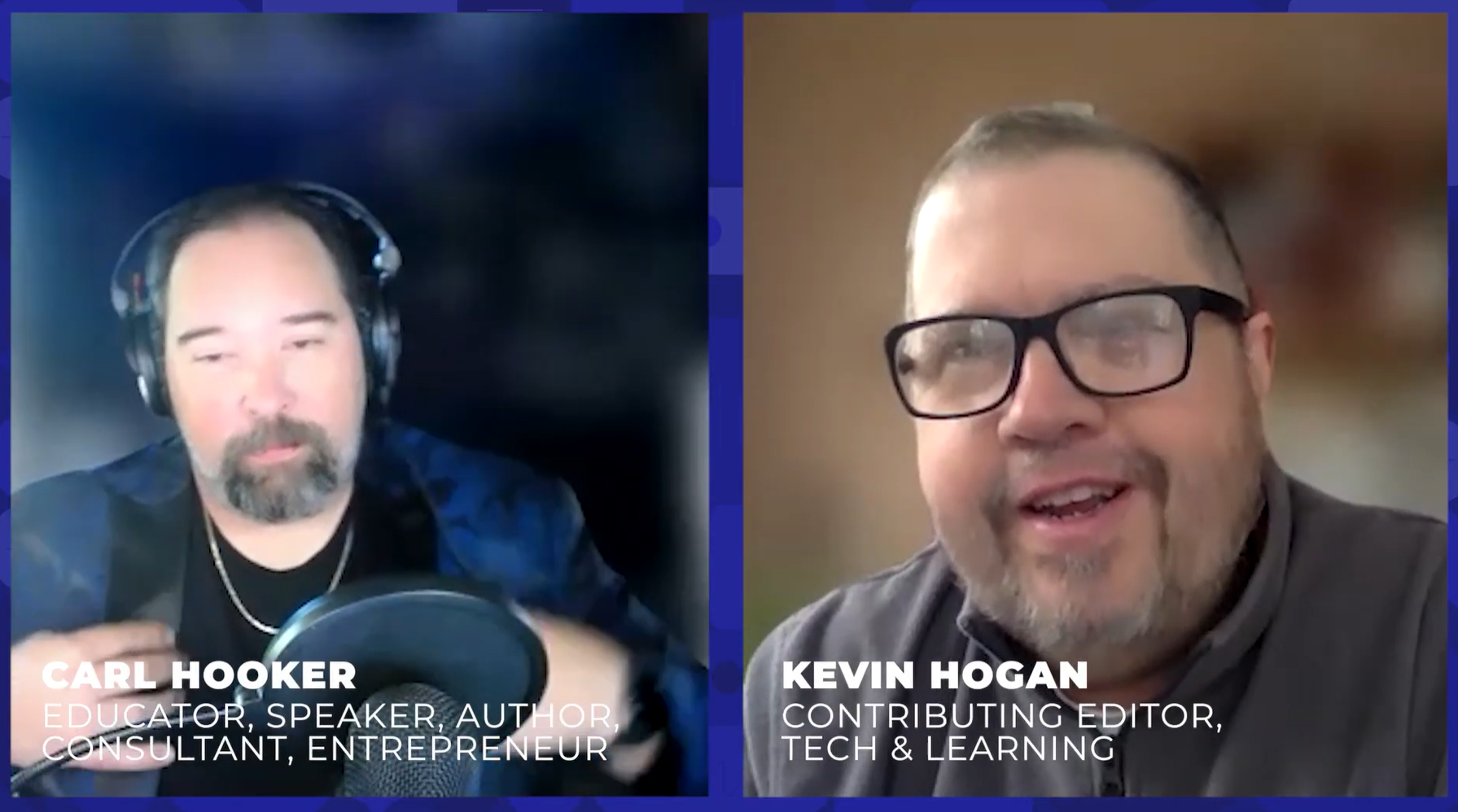Challenge-Based Learning: What Teachers Need To Know
Challenge-based learning can foster engagement and deep learning by having students design solutions to challenges that impact their communities.
Challenge-based learning is a form of collaborative and project-based learning in which students band together to help solve a local or national problem in a way that furthers their learning.
“Collaborative learning is good for what goes into your own brain individually, but it's also really good for those teamwork skills that are going to give you a really great career later on,” says Jeremy Roschelle, co-executive director of Learning Sciences Research at Digital Promise.
Roschelle adds that challenge-based learning is a way to get students excited about collaborative learning, and can help raise the bar on student achievement overall.
What Is Challenge-Based Learning and How Does It Work?
Challenge-based learning fosters student learning by having them solve real-world issues that are important to them. These challenges can be international, national, regional, school, or even classroom-based.
The challenge-based learning framework was developed in the late 2000s, and was partly inspired by the challenges featured on reality TV. But unlike the challenges contestants face on shows, the challenges students engage in with challenge-based learning are not frivolous or arbitrary. Instead, these challenges connect to core learning concepts and help solve community issues. This process can also lead to deep learning.
“It's a very effective technique to get people highly engaged in a new area but also give them a choice about how they approach it, what they work on, and really stimulate their learning,” Roschelle says. “It also has the really nice feature of raising the bar based on what students and teachers in real school districts can do. Because often, when you come from a national-level perspective, you might underestimate what students can do.”
What Are Some Examples of Challenge-Based Learning?
Digital Promise helped launch the Ciena Solutions Challenge in 2021, which annually invites middle and high school students from across the globe to design solutions that address the United Nations Sustainable Development Goals. This year, 62 school teams from across 20 countries were awarded cash prizes for their Ciena challenge projects, including 20 teams that received a $3,000 sustainability award and 42 additional teams that received a $750 award.
Tools and ideas to transform education. Sign up below.
Recent winning projects ranged from promoting sustainability and AI literacy to empowering women and making schools drug-free to exploring the impact of decoding virus genomes and creating wildfire alert systems.
Roschelle notes that Digital Promise’s League of Innovative Schools works with many rural districts where access to health care is an issue. In these communities, “A challenge might be, how could AI enable our community to streamline its access and use of available healthcare resources. And students and teachers might work together on what we could do with AI to do that?" Roschelle says. "It's well within reach for a group of school students to take that on.”
How Is Challenge-Based Learning Different Than a Spelling Bee Or Academic Competition?
Challenge-based learning can have a competitive element; it’s not a traditional science, math, or spelling test because the goal is broad and open-ended.
“[Students are] not being dictated to do a uniform experience, which would be more like an international math competition,” Roschelle says. “In those, you have no control over what the math is; some panel of judges decides and you've got to deal with it.”
The same is true of a spelling bee, but is not true of a well-designed challenge, which has a broad learning destination in mind but no specific route to get there.
“The unconstrained nature is really important, because that's what creates the personal buy-in of the local students—they can make this matter for them,” Roschelle says.
What Ages is Challenge-Based Learning Appropriate For?
“Challenge-based learning can be used at every age,” Roschelle says. “I think its sweet spot starts in upper elementary school and goes through high school and into university education.”
He adds, “Successful universities often take on challenges for their community or for industry partners.”
Why Does Challenge-Based Learning Seem To Resonate With Today’s Students
Challenge-based learning can be particularly appealing to current students because of its approach to issues of real-world importance.
“We're seeing this is a generation of kids that are super aware of the world around them, and they want to contribute to solutions to the problems they see in the world, and challenges are a way to take advantage of the motivation they have and to funnel their energies to help them with skills, like teamwork and problem-solving, that are enduring skills,” Roschelle says.
He adds, “We're at a time that it's so important to feature what students are really capable of and how they want to contribute. It's their world. We need to create venues like challenge-based learning where students can show us how they want to contribute to the world.”
Erik Ofgang is a Tech & Learning contributor. A journalist, author and educator, his work has appeared in The New York Times, the Washington Post, the Smithsonian, The Atlantic, and Associated Press. He currently teaches at Western Connecticut State University’s MFA program. While a staff writer at Connecticut Magazine he won a Society of Professional Journalism Award for his education reporting. He is interested in how humans learn and how technology can make that more effective.


